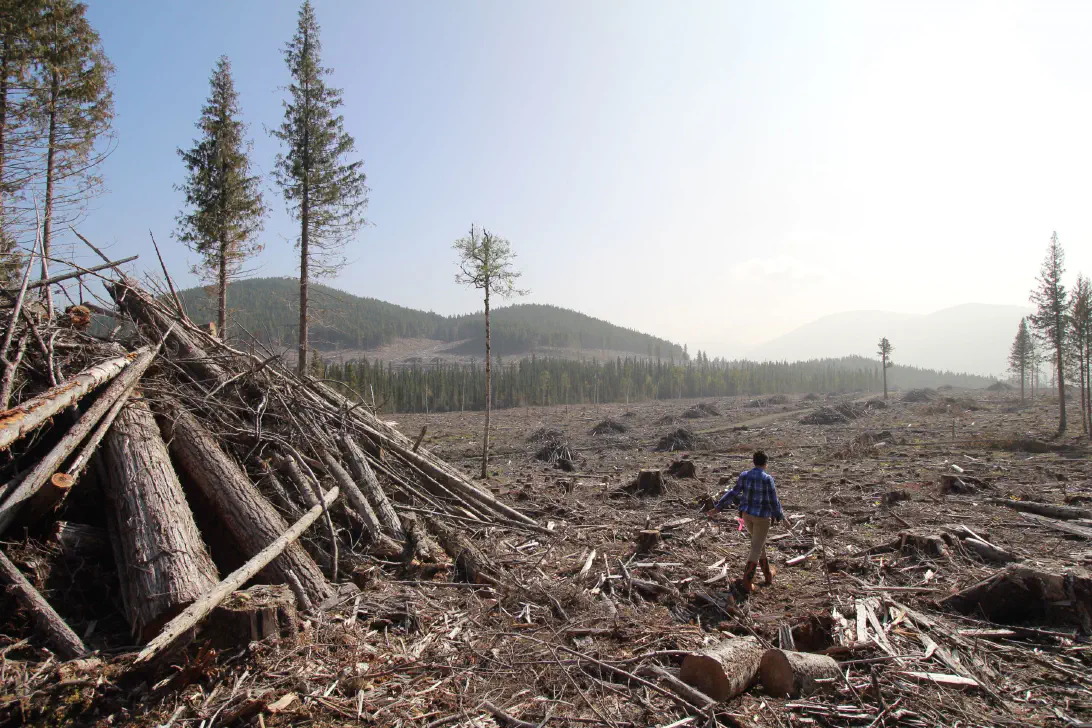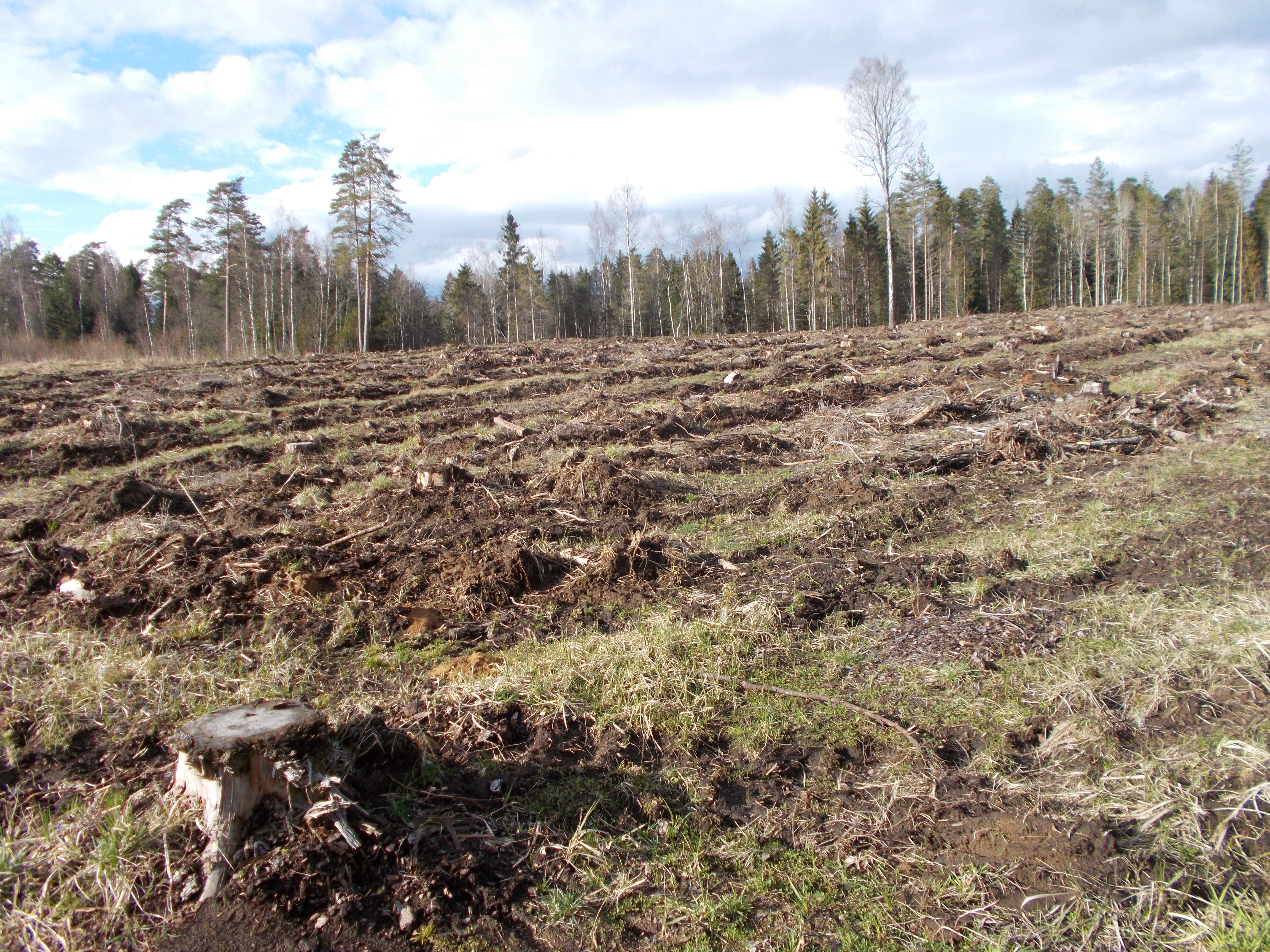Meet the team: Sam Cartwright, Species Recovery Specialist
Meet Sam Cartwright, Lifescape's Species Recovery Specialist

This blog post is the third in a series explaining how we work at the Lifescape Project, how we use different skills, and - most importantly - how we collaborate and combine our five core areas of expertise to tackle the complex challenge of the biodiversity crisis.
The other posts in this series can be found here:
In our previous post we discussed the concept of natural capital: a powerful tool that we use as part of our economic toolbox for restoring and protecting wild landscapes.
One of our strengths as an organisation is our multidisciplinary approach: combining knowledge and skills from different disciplines by employing a range of skilled practitioners from different fields, and by collaborating with other organisations. One of these disciplines is law: Lifescape has significant in-house legal expertise, with a growing team of in-house lawyers and a wide network of lawyers we work with on a pro bono basis, allowing us to substantially multiply the impact of our work and resources.
Lifescape’s combined scientific and legal expertise allows us to take on projects using – and challenging – national and international legislation to fight for the restoration and protection of wild ecosystems. Nearly everything we do is regulated by law in some way, and the law provides a framework by which societies operate: a collective understanding of the ‘rules of engagement’. This means that the law can be an immensely powerful tool for organisations fighting for nature and restoring wild landscapes.
The legal system allows action to be taken against governments, as well as businesses or individuals. While governments may be less susceptible to economic pressure or reputational damage than businesses, the law can provide a powerful check. In many democracies, this ‘separation of powers’ between the government and the judiciary is a fundamental part of the constitution – whether written or unwritten.
In this blog post, we look at how we combine legal and scientific expertise in our Forest Litigation Collaborative programme. But that’s only part of our legal work – check out our website for more information on our Litigation for Nature project and take a look at our Rewilding Law Hub.
The Forest Litigation Collaborative (FLC) is our collaboration with the Partnership for Policy Integrity (PFPI): Lifescape brings legal expertise and PFPI bring forest science and climate expertise, exemplifying the multidisciplinary approach we described in our recent blog post. By partnering as the FLC, both Lifescape and PFPI have been able to take on a wider range of international projects. We have our own website where you can read more about our legal cases.
Within our overarching goal of using litigation to protect and restore forest ecosystems, a particular focus for the FLC is countering the increasing use of forest biomass for renewable energy, a trend which is destroying some of the most biodiverse and carbon-rich forests in the world. Logging of old-growth forests is particularly harmful, since they provide irreplaceable and unique habitats for a huge range of plants, animals, fungi and micro-organisms, sequester more carbon than newer growth, and often have cultural significance for the people living in and near them. While an increasing number of legal challenges and cases relating to climate change have been brought around the world, the FLC is relatively unusual in its focus on litigation for biodiversity.
In 2022 the FLC supported a group of NGOs from across the EU to challenge the European Commission over the inclusion of certain biomass and forestry activities in the EU Sustainable Finance Taxonomy (the SFT). The SFT effectively establishes a set of criteria for labelling economic activities as environmentally sustainable and will therefore potentially influence trillions in investments. Underpinning the taxonomy is a legal requirement that the inclusion of any activity must be based on conclusive scientific evidence. The combination of the specialist scientific expertise of PFPI and the legal expertise of Lifescape’s lawyers was vital in drafting the case which effectively seeks to educate the European Commission and the courts about why the criteria for forest bioenergy and commercial forestry were unlawful.
Similarly, the FLC has also provided legal and scientific support to a group of Estonian NGOs in their criticism of the latest draft of the country’s Forestry Development Plan. The draft Plan, which sets out key principles for the management of Estonia’s forests between now and 2030, permits cutting at a rate which would devastate forest ecosystems in Estonia and would significantly reduce land carbon sinks at a time when EU policy requires this to increase as part of the race to net zero. In a 2022 letter to the Estonian Minister of the Environment, the NGOs argued that the draft Plan contravenes Estonia’s Constitution which requires natural resources to be managed in a sustainable manner for the benefit of all people.

Clearcut on the E263 road between Imavere and Kaesukonna in Jarva County, Estonia, April 28, 2018. Source: Almuth Ernsting, Credit: Biofuelwatch.
In August 2022 the letter was followed by an expert assessment co-authored by Lifescape, PFPI, Save Estonia’s Forests and Estonian Nature Fund which concluded that the draft Plan contravenes legal requirements in several areas, including the selection of logging scenarios, protection of biodiversity, consideration of climate change, and the involvement of the public in drafting the Plan. Again, FLC’s multidisciplinary team of legal and scientific experts allowed us to provide the necessary evidence around the ratio of deforestation and growth in different types of forest ecosystems, the effects of the draft Plan on biodiversity, climate change mitigation and human mental and physical wellbeing; and to interpret the government’s legal obligations to apply the precautionary principle and to use natural resources sustainably.
In 2020 we provided financial support and legal advice to a case challenging the Estonian Environmental Board’s sign-off on a permit granted to Finnish company Stora Enso for clearcutting the Lauluväljaku community forest in Märjamaa, a small village in rural Estonia. The expert evidence we submitted included detailed evidence from noise and wind experts who demonstrated that the forest provided residents with protection from winter winds and also from the noise of the nearby motorway, two examples of ‘ecosystem services’ provided by forests. The evidence was accepted into the proceedings by the court: the first time we believe that this type of evidence was used in Estonian litigation.
Elsewhere in Europe, in October 2021 the FLC joined forces with RSPB, Biofuelwatch, Conservation North and Päästame Eesti Metsad (Save Estonia’s Forests) to file a greenwashing complaint in the UK against power company Drax under the OECD Guidelines for Multinational Enterprises. Drax owns an enormous biomass power station in the UK and goes to considerable efforts to make the public, UK government and investors think that its energy is carbon neutral, despite being the UK’s single largest source of carbon emissions. Drax’s claims about biomass are untrue and misleading, given that burning woody biomass produces more carbon emissions per unit of final energy than burning coal. To add insult to injury, some of the wood pellets burned by Drax are made from whole trees sourced from clear-cut logging in natural forests around the world. We are asking Drax to withdraw its misleading statements and issue a full public explanation of the true carbon and forest impacts of its energy.
Our complaint uses detailed evidence from the fields of ecology, climate science, atmospheric physics and emissions accounting, as well as analysis of energy technology markets and diffusion, to examine five claims made by Drax and show that they are false or misleading. We also point out Drax’s misleading use of language to make statements that, while technically correct, would lead the average consumer to draw false conclusions.
For example, this quote from a letter to the Sunday Times from Drax’s CEO:
“The sustainable biomass we use does not cause deforestation – quite the opposite. Sustainable demand for wood products leads to bigger forests, better growth and larger inventories of trees.”
Our complaint observes in response:
“Drax is generally correct that its activities do not lead to “deforestation,” since the technical definition of this term is conversion of forests to another land use category, such as agriculture. However, the average reader of these statements will not be aware of this technical definition. If readers were shown a picture of clearcut forests where all or a substantial majority of the trees go to pellet manufacture, they would likely consider such activity to constitute deforestation.”
Lifescape’s mission is to catalyse the creation, restoration and protection of wild landscapes. In this post we have discussed how the law – and our legal expertise – can be a powerful tool in the fight for nature. Our work as part of the Forest Litigation Collaborative is key to the protection element of our mission: using our legal and scientific expertise to challenge ecologically destructive policies and practices.
We also draw on our legal expertise for the creation and restoration elements of our mission. Our series of legal notes on rewilding published in our Rewilding Law Hub provides guidance for groups working on rewilding projects. Aimed at non-lawyers, the notes offer the practical and detailed information needed for any rewilding project at any scale, and are available for England and Wales, Scotland, Poland, Italy and Portugal; in English, Italian and Portuguese.
You can find out more about our work by reading the other blogs in this series, and by following us on social media: LinkedIn, Facebook, Twitter, Threads and Instagram. We often post about the FLC and our other projects, and signpost ways for people to support by signing petitions and lobbying policymakers. For more information on FLC, take a look at the FLC website.
Credits: We would like to thank our team of volunteers, Hannah James, Nick Sidwell and Hope Bowker-Dolphin for their support in putting together this blog.
Meet Sam Cartwright, Lifescape's Species Recovery Specialist
Meet Catarina Prata, Rewilding Lawyer at Lifescape
Meet Lifescape's Rewilding Economist, Amelia Holmes